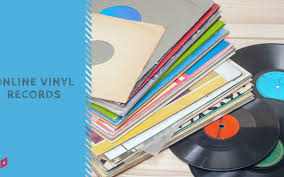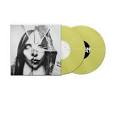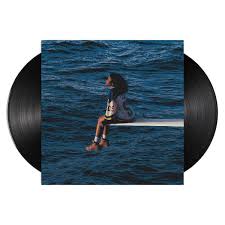The Legacy of the LP Disc
Long Play (LP) discs have played a significant role in the history of music consumption and production. Introduced in 1948 by Columbia Records, the LP revolutionised the way music was recorded and listened to.
Unlike its predecessor, the 78 RPM shellac disc, which could only hold a few minutes of music on each side, the LP allowed for longer playing times. With its microgroove technology and slower speed of 33⅓ RPM, LPs could contain up to 30 minutes of music per side. This extended playing time enabled artists to create concept albums and explore more complex musical ideas.
LP discs quickly became the preferred format for albums, offering listeners a more immersive and cohesive listening experience. The large surface area of an LP also allowed for elaborate album artwork and liner notes, enhancing the overall aesthetic appeal of a record.
Throughout the decades, the LP disc has endured changes in technology and formats, from cassette tapes to CDs to digital downloads. Despite these advancements, vinyl records have experienced a resurgence in popularity in recent years, with audiophiles and music enthusiasts appreciating the warm sound quality and tactile experience that vinyl provides.
Today, LP discs continue to hold a special place in music history and culture. Collectors seek out rare and limited-edition pressings, while artists release new albums on vinyl to cater to a growing market of vinyl enthusiasts.
Whether you’re a seasoned collector or new to vinyl records, exploring the legacy of the LP disc offers a glimpse into the evolution of music consumption and appreciation over time.
Understanding LP Discs: Definitions, Comparisons, and Meanings
- What does LP mean for CD?
- What is LP vs CD?
- What does LP and EP mean?
- What does the LP disc stand for?
What does LP mean for CD?
The term “LP” stands for “Long Play,” which historically refers to vinyl records that play at a speed of 33⅓ RPM and can hold a larger amount of music compared to earlier formats like 78 RPM records. On the other hand, “CD” stands for “Compact Disc,” a digital optical disc format introduced in the 1980s that revolutionised audio storage and playback. While LPs are physical vinyl discs with analogue recordings, CDs are digital discs that store music in a digital format. Therefore, when someone asks what LP means for CD, they are likely inquiring about the differences between the traditional vinyl record format and the modern digital CD format in terms of music storage, playback quality, and overall listening experience.
What is LP vs CD?
The difference between LP and CD lies in the format and technology used for music storage and playback. LP, short for Long Play, refers to vinyl records that are played on a turntable at a speed of 33⅓ RPM. These analogue records offer a warm, rich sound quality and often include album artwork and liner notes. On the other hand, CD, short for Compact Disc, is a digital optical disc format that stores music in a digital form. CDs provide clear sound quality and are more compact than vinyl records. While LPs are experiencing a resurgence in popularity among audiophiles for their nostalgic appeal and unique sound characteristics, CDs remain a convenient and durable format for music listening on-the-go.
What does LP and EP mean?
The terms LP and EP are commonly used in the music industry to categorise different types of releases. LP stands for Long Play and typically refers to a full-length album that contains multiple tracks, often around 10 to 12 songs. On the other hand, EP stands for Extended Play and usually denotes a shorter release than an LP, containing fewer tracks, typically around 4 to 6 songs. EPs are often used by artists to showcase new material or as a teaser for an upcoming album. Both LPs and EPs offer music fans a diverse range of listening experiences, from immersive full-length albums to concise collections of songs.
What does the LP disc stand for?
The term “LP disc” stands for “Long Play disc.” Introduced in 1948 by Columbia Records, the LP revolutionised the music industry by offering longer playing times compared to its predecessor, the 78 RPM shellac disc. With a slower speed of 33⅓ RPM and microgroove technology, LPs could hold up to 30 minutes of music per side, allowing artists to create concept albums and explore more complex musical ideas. The acronym “LP” has become synonymous with vinyl records and is a symbol of the format’s enduring legacy in music history.





